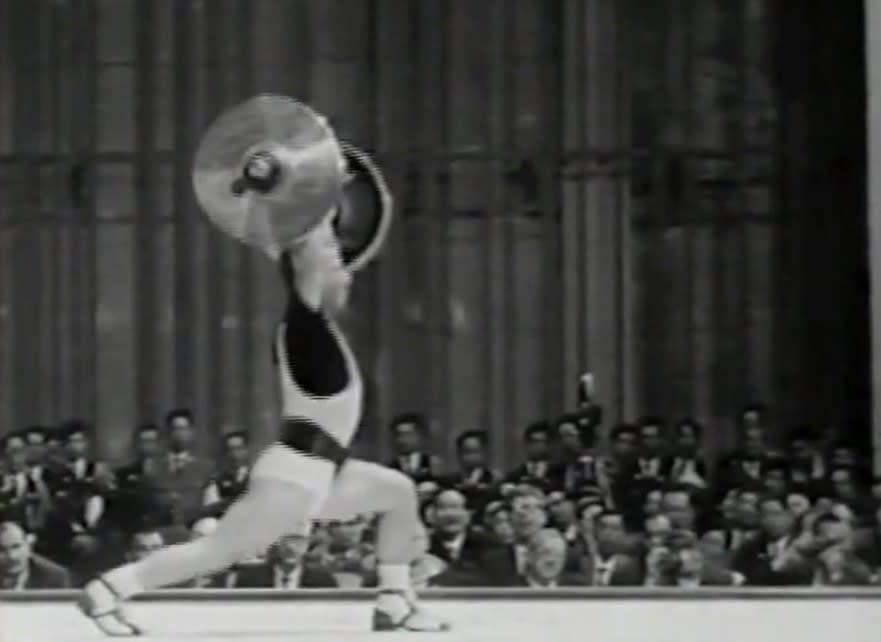Israeli Olympic History
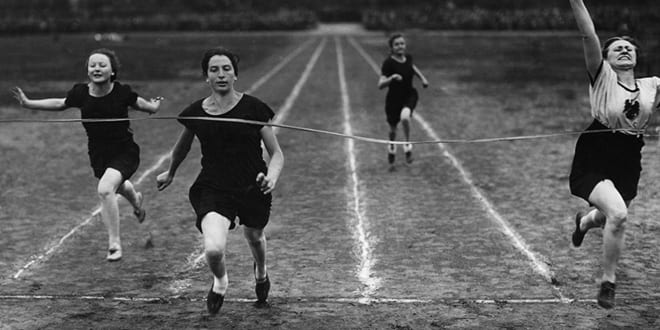
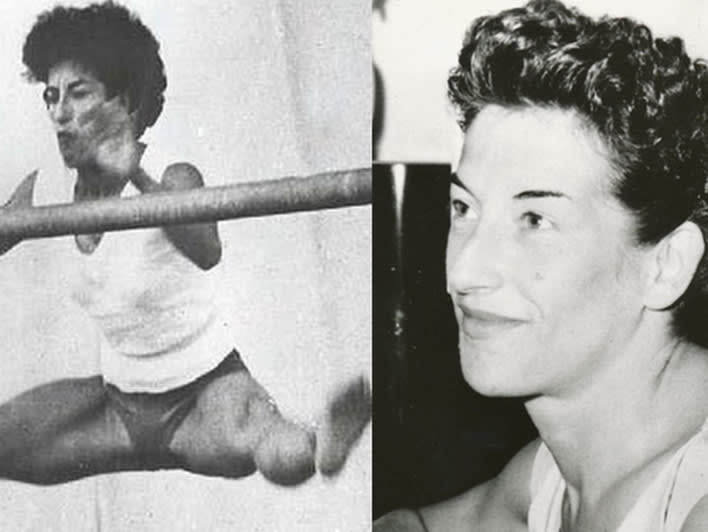
Gymnast Agnes Keleti holds 10 Olympic medals, more even than sports legend Usain Bolt. Born in 1921 in Budapest, Keleti survived the Holocaust, then rose to world fame when she won 4 medals at the 1952 Helsinki Olympics and 6 medals at the 1956 Melbourne Olympics. Keleti escaped from Hungary and arrived in Israel in 1957.


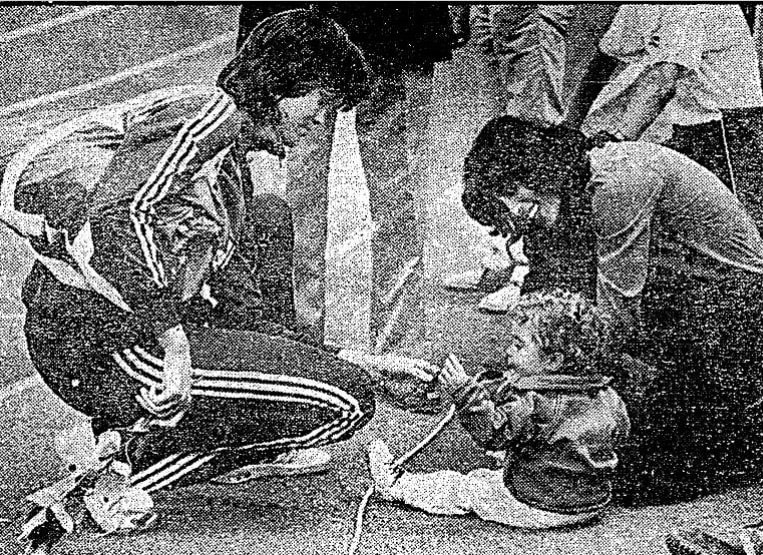
Esther Roth Shahamorov had already qualified for the 100-meter hurdles at the 1972 Munich Olympics, when she quit the games after the terrorist attack claimed the lives of her coach and 10 other members of the Israeli team. Roth Shahamorov continued to compete and win medals in track and field until her retirement in 1980 and held the Israeli 100-meter record until 2014.


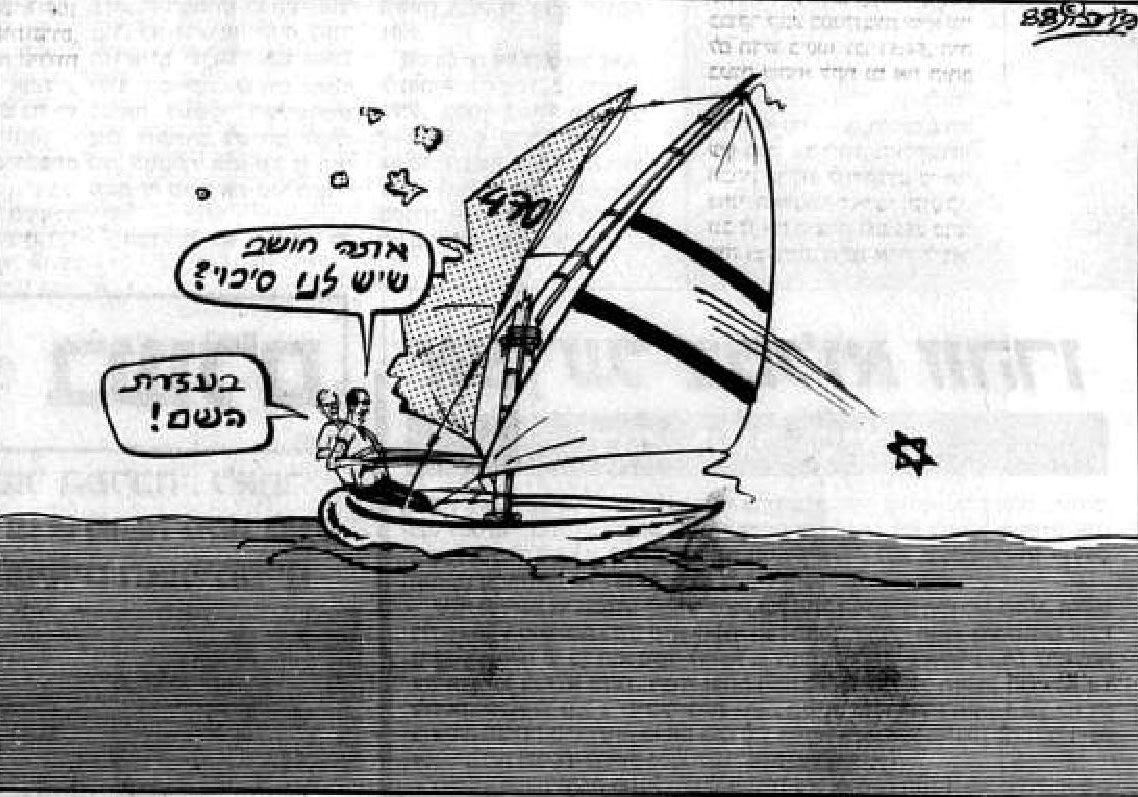
While the delegation decided that they could not sail on Yom Kippur, two out of four athletes chose to compete without informing anyone. The two were subsequently suspended from the team, although the Israeli Supreme Court later stated that the suspension was unlawful. The event provoked much discussion about the relationship between religion and state in Israel, the tension between the values and the responsibilities of the individual, and whether athletes representing the State of Israel should take religious holidays into consideration when competing in international events.


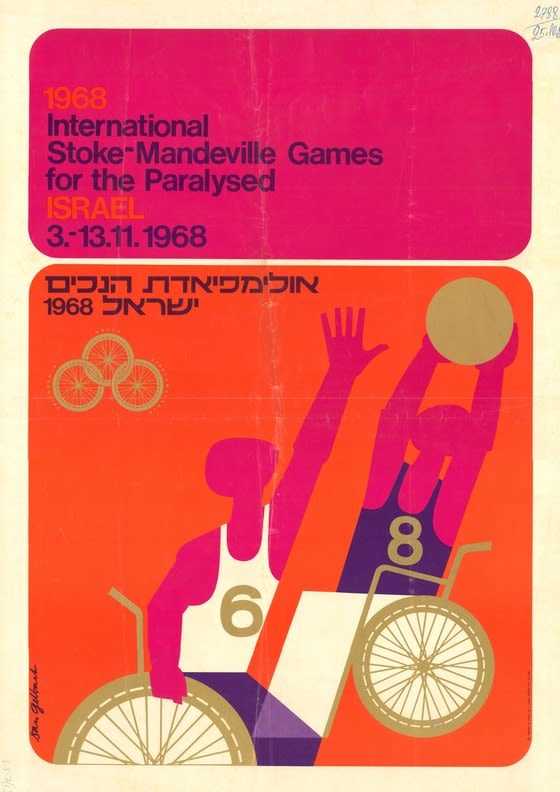
With 62 medals, Israel finished third on the medal table in the 1968 Paralympic Games. Israel hosted the Games to mark its 20th anniversary of independence, and to inspire national and sporting pride, especially after the Six Day War in 1967. Among the most prominent Israeli Paralympic athletes of the time, Zippora Rosenbaum-Rubin won 30 medals and Baruch Hagai 10 medals during their careers.


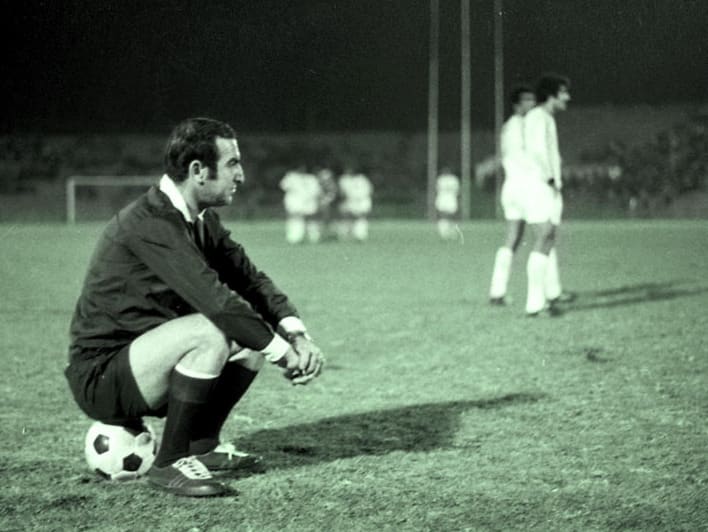
When the Israeli national team drew against Bulgaria in the quarter-finals at the 1968 Olympics in Mexico, a coin toss declared the Bulgarians victorious and Israel returned home. Israeli journalist Joseph Dagan resolved that the penalty shoot-out, inspired by games from Yugoslavia, should be established as the proper method for deciding matches that ended in a stalemate. The idea was brought to FIFA and approved in 1970, and it gradually spread across the world.


